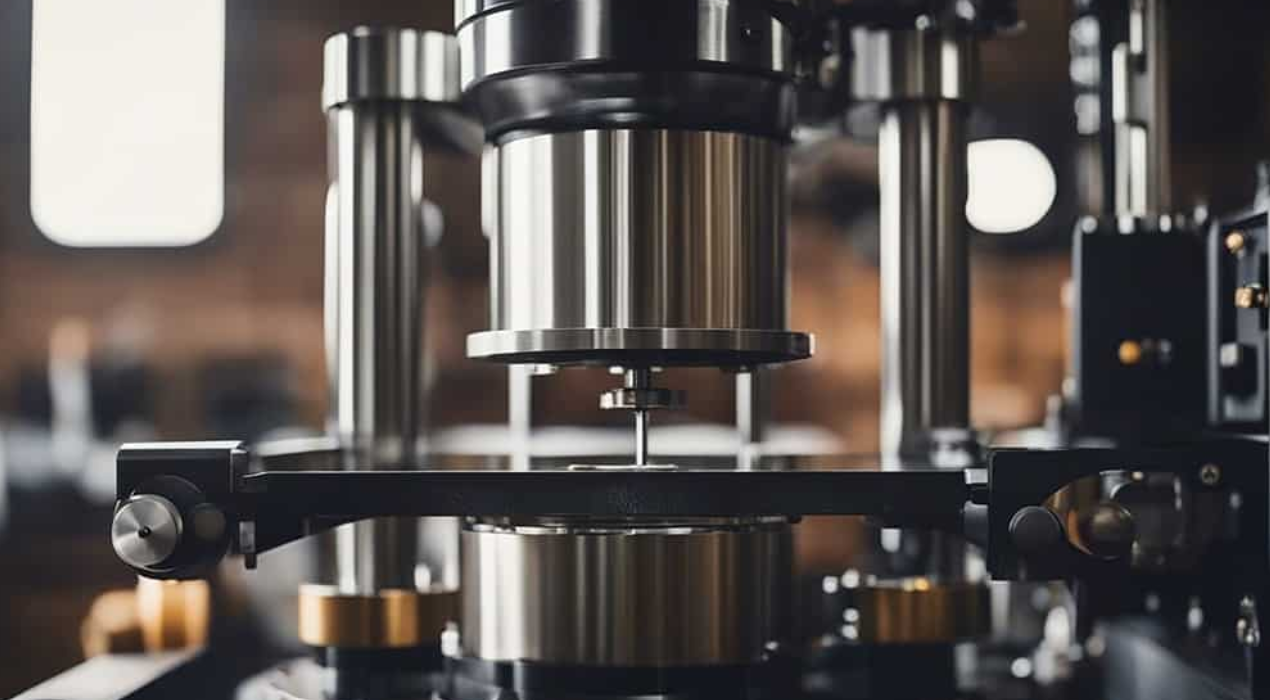In cold forging, the significance of using the proper equipment and equipment cannot be overstated. These factors are important for achieving unique and extraordinary outcomes. The importance of tools and equipment inside the cold forging manner is essential for several reasons. They make sure the best utility of pressure is required to shape steel accurately at room temperature.
This precision is essential for reaching constant and extraordinary outcomes, as even moderate deviations can affect the very last product’s performance and dimensions. Top-notch equipment and devices contribute to the efficiency of the procedure, minimizing waste and decreasing manufacturing expenses. They also enhance the sturdiness and power of the cast components, assembly stringent best and overall performance standards.
Additionally, the usage of appropriate equipment immediately impacts the protection of the forging operation, defending both the equipment and employees involved. The tools and equipment utilized in cold forge are crucial for attaining accuracy, performance, and best in the production of cast elements. Their proper selection, use, and renovation are crucial for optimizing the cold forging system and ensuring the success of production operations.
Equipment and Tools Used In the Cold Forging Process
Cold forging is a metalworking method that involves shaping steel at ambient temperatures, which will increase its strength and sturdiness. Using making use of tremendous stress, this procedure transforms metallic into diverse forms without heating. Cold forging is famous for its capability to provide amazing, precise additives with superior mechanical homes. The technique employs specialized devices and equipment, along with hydraulic presses, dies, punches, and hammers, every one of which contributes to the general efficiency and precision of the forging system.
Hydraulic Presses
Hydraulic presses are pivotal within the cold forging manner, producing the significant force required to form metal appropriately. These presses use hydraulic cylinders to apply excessive stress, deforming the steel in step with the die’s specifications. The uniform pressure ensures that the metallic is compressed frivolously, resulting in elements with steady dimensions and properties. Hydraulic presses are available in various sizes and capacities to cater to special forging requirements, making them flexible tools for attaining precise and exquisite effects.
Dies
Dies are vital in cold forging, as they determine the final shape of the metal. They may be labeled into one-piece or multi-piece dies based on the complexity of the component. One-piece dies are used for simpler shapes, and at the same time, multi-piece dies are hired for more difficult designs. The precision of the die is important for accomplishing great solid components with correct dimensions and easy floor finishes. Properly designed dies ensure consistency and reliability in the final product.
Punches and Hammers
Punches and hammers play a critical role in moving force from the hydraulic press onto the steel. Punches are used to create holes or indentations, at the same time as hammers apply force to form and compress the material consistent with the die’s design. These tool works are in tandem with the die to make sure specific shaping of the metal. The effectiveness of punches and hammers directly influences the best and accuracy of the solid components, making them essential in the cold forging method.
Conclusion
Cold forging is based on hydraulic presses, dies, punches, and hammers to acquire unique and great effects. Hydraulic presses provide the important pressure, dies from the material, and punches and hammers transfer the force to the steel. Each device is crucial to the forging manner, making sure that the final components are correct and reliable. By knowing the position of every piece of device, manufacturers can optimize the cold forging manner for advanced performance and product fine.
